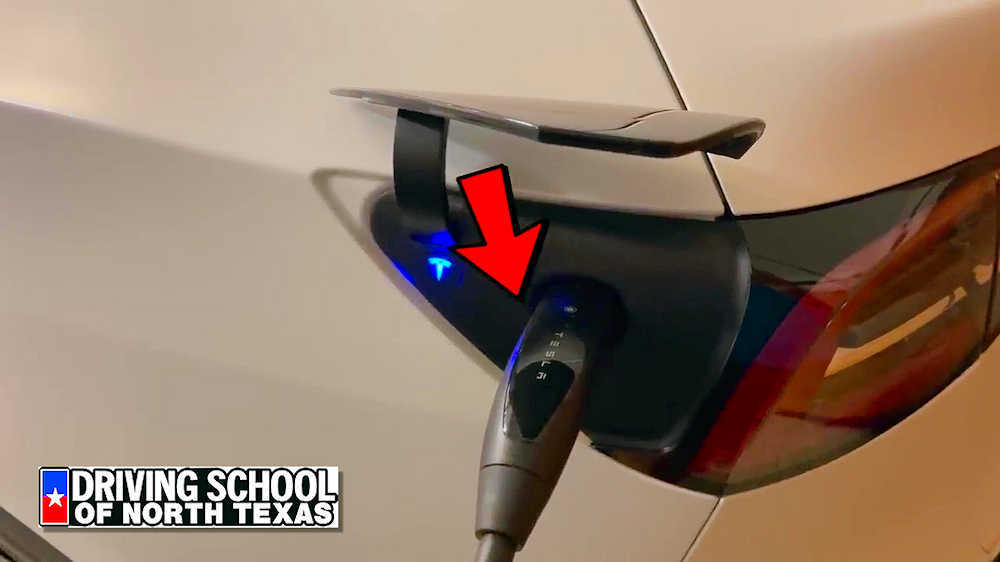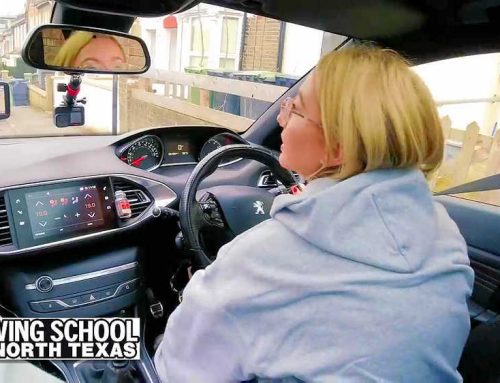Table of contents

Driver education is an important step towards becoming a skilled and responsible driver. Choosing the right path for your student is critical when you consider driver education is a lifesaving skill. The journey can get confusing and complicated. There are two approaches to driver education; Parent-Taught and a Driving School. Here’s a step-by-step guide to help you explore the path to driver education:
- Check the legal requirements: Start by researching the specific requirements for driver education in your country, state, or province. Understand the minimum age to obtain a learner’s permit or driver’s license, any prerequisites or restrictions, and the overall process.
- Choose an accredited driving school: Look for accredited driving schools in your area. Check their reputation, reviews, and success rate in helping students pass their driving tests. Make sure they are authorized by the relevant transportation authorities.
- Determine the course options: Driving schools offer various courses to cater to different needs. Assess your requirements, such as whether you’re a beginner, need a refresher course, or require specialized training (e.g., defensive driving). Select a course that aligns with your goals.
- Enroll in a driver education program: Once you’ve chosen a driving school and a suitable course, enroll in the driver education program. Be prepared to provide necessary identification documents and pay the required fees. Some schools may have specific enrollment periods, so plan accordingly.
- Attend classroom instruction: Driver education typically involves a combination of classroom instruction and practical driving lessons. Attend the scheduled classes to learn about traffic laws, road signs, safety regulations, and defensive driving techniques. Take notes, participate actively, and clarify any doubts.
- Study and prepare for exams: Throughout the driver education program, you’ll likely have to pass written exams and practical driving tests. Study the provided materials, review traffic laws and regulations, and practice sample test questions. Use online resources, driver’s handbooks, and mock tests to familiarize yourself with the exam format.
- Obtain a learner’s permit: After successfully completing the required coursework and passing the exams, you may be eligible to obtain a learner’s permit. This permit allows you to practice driving under the supervision of a licensed adult driver. Understand the restrictions and guidelines associated with your learner’s permit.
- Complete practical driving lessons: Alongside classroom instruction, you’ll need to participate in practical driving lessons. These lessons are usually conducted in a dual-controlled vehicle with a licensed instructor. Follow their guidance, practice various driving skills, and develop a good understanding of the rules of the road.
- Practice driving with a licensed adult: Utilize your learner’s permit to gain practical driving experience. Practice driving with a licensed adult who meets the legal requirements to supervise a new driver. Follow all traffic laws, practice defensive driving techniques, and gradually build your confidence behind the wheel.
- Take the driver’s license test: Once you’ve met the minimum requirements and gained sufficient driving experience, schedule an appointment to take the driver’s license test. This test typically involves a practical driving examination to assess your ability to operate a vehicle safely and confidently.
- Obtain your driver’s license: If you pass the driver’s license test, congratulations! You’ll receive your driver’s license, granting you the legal authority to drive independently. Be aware of any restrictions or probationary periods that may apply to new drivers in your jurisdiction.
Remember, driver education is an ongoing process. Continue to practice responsible driving habits, stay updated on traffic laws, and consider advanced courses or defensive driving programs to further enhance your skills. Safe and responsible driving is crucial for your own well-being and the well-being of others on the road.

Parent-Taught vs Driving School
The choice between parent-taught driver’s education and a driving school can depend on various factors, including personal preferences, local regulations, and individual circumstances. Let’s explore the advantages and considerations for each option:
| BOOK YOUR DRIVING CLASS TODAY! |
| Driving School of North Texas |
Parent-Taught Driver’s Education:
- Cost: Parent-taught driver’s education generally tends to be less expensive than enrolling in a driving school. This option can save money on tuition fees and associated costs.
- Flexibility: Parent-taught programs often offer more flexibility in terms of scheduling. Parents and students can design a curriculum and practice driving sessions around their own availability.
- Bonding opportunity: Learning to drive with a parent can provide a bonding experience between the parent and child. It allows for more personal guidance and support throughout the learning process.
Considerations for Parent-Taught Driver’s Education:
- Instructor expertise: Parents may not have the same level of expertise in teaching driving skills compared to professional instructors who work at driving schools. Instructors at driving schools have specialized training and years of experience in teaching new drivers.
- Comprehensive curriculum: Parents need to ensure they cover all the necessary components of driver’s education, including traffic laws, road safety, and defensive driving techniques. It may require additional effort to gather relevant materials and stay updated on any changes in driving regulations and road rules/laws.
- Parent-child dynamics: Sometimes, the parent-child relationship can make it challenging to maintain a structured learning environment. It’s essential to establish clear communication and a respectful learning atmosphere during the driving lessons.
Driving School:
- Qualified instructors: Driving schools employ licensed instructors who are trained to teach driving skills to new drivers. They have experience in delivering comprehensive instruction and guidance. They are current on Texas Road Rules and Laws and understand how to pass the DPS Road Test.
- Structured curriculum: Driving schools usually have a well-designed curriculum that covers all the necessary topics for obtaining a driver’s license. They provide a structured learning environment with a clear progression of lessons.
- Professional resources: Driving schools often have access to educational materials, driving simulators, and practical training vehicles equipped with safety features, which can enhance the learning experience.
Considerations for Driving School:
- Cost: Driving school programs can be more expensive compared to parent-taught driver’s education. The fees typically cover the instruction, resources, and use of training vehicles.
- Scheduling constraints: Driving schools may have set schedules for classroom instruction and driving practice sessions. This might require students to adjust their schedules to fit the available time slots.
- Location: The proximity of a driving school to your residence might be a consideration, as it could add commuting time and logistical challenges.
Ultimately, the choice between parent-taught driver’s education and a driving school depends on factors such as cost, availability, instructor expertise, and personal preferences. It’s important to research and evaluate the options available in your specific area to make an informed decision. Additionally, familiarize yourself with the local regulations governing driver’s education to ensure compliance with any requirements. Let’s make our road a safer place.

| BOOK YOUR DRIVING CLASS TODAY! |
| Driving School of North Texas |
As we reach the end of this post, let’s hit the brakes and reflect on one crucial thought: your journey to becoming a confident driver starts with the right education. The Driving School Of North Texas is here to provide that and much more. With a unique blend of practical training and theory, our dedicated team guarantees a safe and enlightening learning experience. Located in McKinney, East and West Frisco, and Allen, TX, we’re within easy reach. Dial 214-504-9292 or visit DrivingSchoolOfNorthTexas.com to book your next driving lesson. Take the next turn towards a safe driving future with us!
Contact us at either of 4 convenient locations:
Driving School of North Texas
204 N. Greenville #300
In the CiCi’s Pizza Center
Allen, Texas 75002
214-383-9795
https://goo.gl/maps/fjZfRkMFqv2UPsjj9
Driving School of North Texas
6449 Coit Road #114
South of Centennial High
School Frisco, Texas 75035
469-633-7110
https://goo.gl/maps/6NwoSzp3AXJkbyacA
Driving School of North Texas
4433 Punjab Way #401
Frisco, Texas 75033
214-705-9959
https://goo.gl/maps/kEdTkLsVfwfa3ke39
Driving School of North Texas
4900 Eldorado, #132
McKinney, Texas 75070
214-504-9292
https://goo.gl/maps/Ls54fbeQi2JQMqrW6




